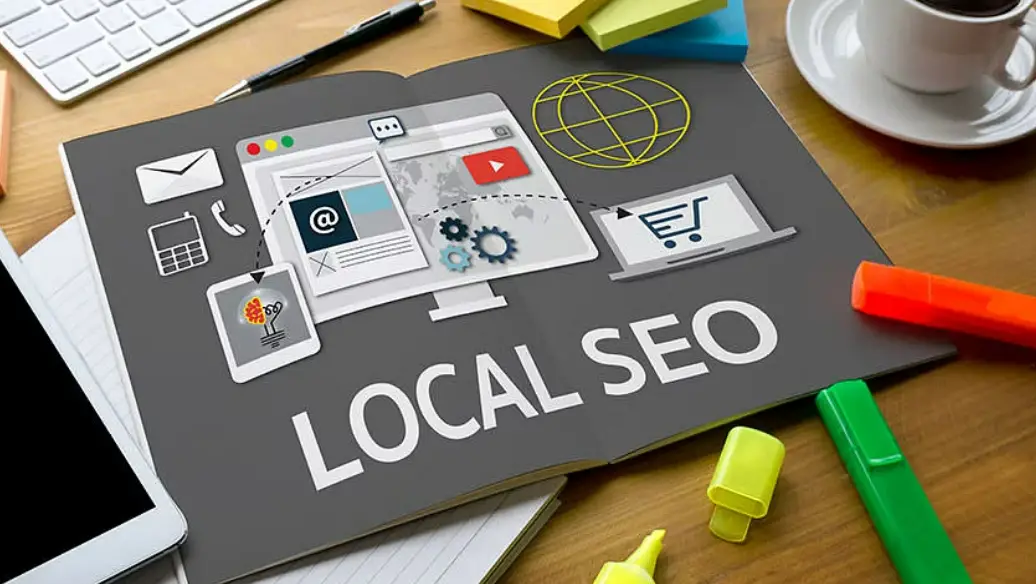I often earn from qualifying purchases. This includes Amazon Associates.
Obtaining links to your website is crucial for local SEO, just like other kinds of SEO. There are many methods you’d employ that are identical.
This includes creating engaging material for your audience, spreading the word to influential people, guest blogging, and obtaining links to useful resource directories.
Local link building differs from general link building in that it is more specific. You should ideally include your links in local blogs and locally focused resource directories.
On the presumption that you are familiar with the concepts of valuable content and influencer promotion discussed under SEO, the rest of the guide will explain local business listing links, how to discover local backlinks, and all you need to know regarding local link building.
This article will walk you through link building for local SEO, so keep reading to learn more and be on your way up to local optimization for search.
What Is Local Link Building?
Local link building refers to acquiring backlinks from relevant local websites to increase visibility in organic local search results and draw in more local clients for your business.
It is an integral part of local SEO that focuses on optimizing a business website to attract searchers in close geographical proximity.
In other words, local links will come from location-specific sources, such as local directories.
To build local links, SEO professionals focus on correcting NAP (Name, Address, Phone number) information, building a list of local citations, creating local content, and building local links from websites in the local area.
The process aims to establish a presence within the SERPs for local terms in the local map pack with Google Business Profiles and the organic search results for localized keywords.
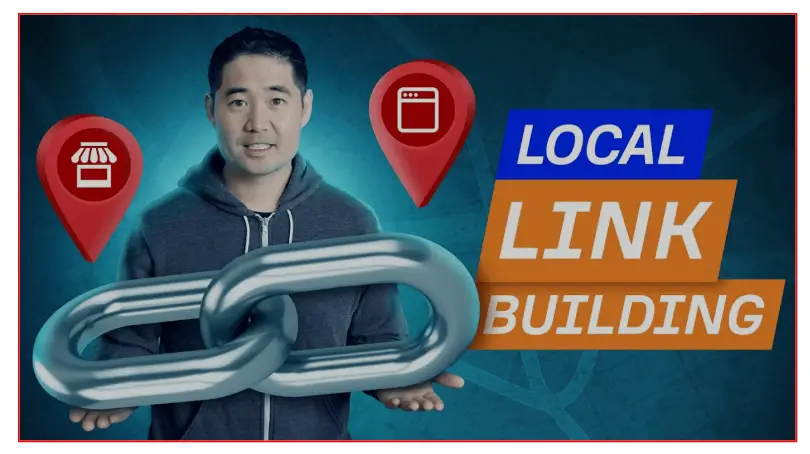

While it is essential to get relevant links from highly authoritative sites, building links from smaller, locally relevant sites that have influence and are relevant to your small market is equally essential.
Why Local Link Building Matters
Local link building matters for several reasons. First and foremost, Google search uses backlinks as a critical factor in determining page rank, meaning the more quality backlinks a website has, the more likely it is to secure page one rankings.
According to recent statistics, the first five organic results receive over 67.6% of clicks, highlighting the importance of a top-ranking position for most local businesses.
Secondly, local link building is critical in driving highly targeted traffic to a website. As local searchers are more purchase-driven than those conducting general searches, drawing in potential local customers serious about purchasing your product is vital to generating revenue for a business.
80% of local searches result in a conversion, underlining the significance of a local link building strategy.
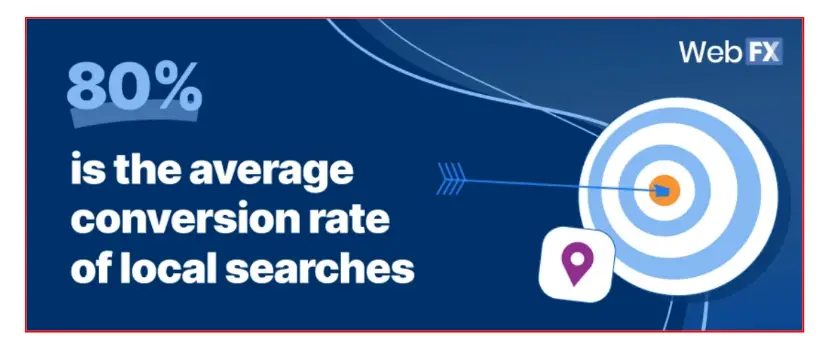

Finally, local link building is an effective method to increase brand visibility organically. As per the “Rule of 7,” customers take approximately seven brand impressions to take action.
Local businesses can nurture their prospects and generate more leads with better brand visibility.
The Importance of Local Backlinks
From an SEO perspective, building local links is crucial because they prove to search engines that a website is a valuable resource for local searches.
When a local business website gains backlinks from local websites with high domain authority, search engines favor that website over others that may be less popular geographically.
The number of referring domains and linked text are important localized ranking factors, accounting for over 27% of localized organic ranking factors, according to a Moz survey.


The top results on a local search engine results page (SERP) usually have many backlinks from local directories and other local businesses.
While ranking for local searches without backlinks is possible, backlinks from relevant and authoritative websites can help secure higher positions on the SERPs.
How to Build Local Links
Now that you’re familiar with the basics of local link building, let’s explore the strategies you can implement to improve your local link profile.
1. Begin With Local Citations
Starting with local citations can help you start the local link-building process. One way to find citation opportunities is to use Link Intersect, which enables you to identify the local sites ranking in your market.
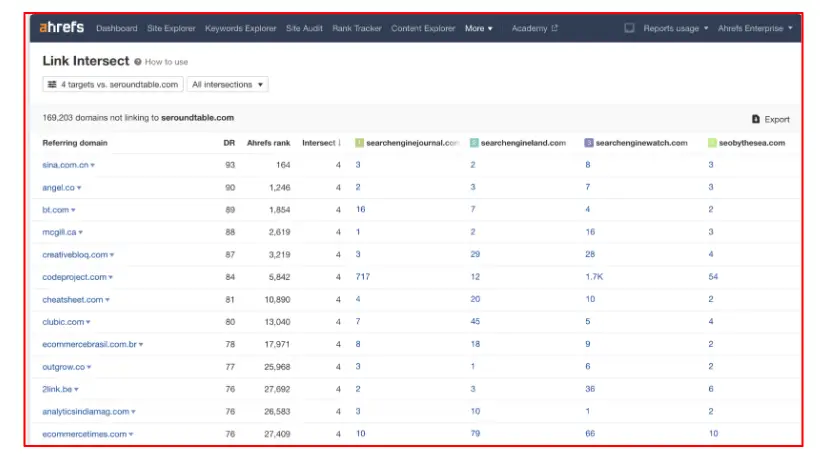

However, many different citation services exist, and you should start with the leading US aggregators, such as Data Axle, Localeze, and Foursquare. These are considered essential citations since they feed their data to other websites.
In addition to these aggregators, there are other major players like Google My Business, Bing, Apple Maps, Facebook, Yelp, Yellowpages, Dunn & Bradstreet, and TomTom.
Utilizing these citation services lets you put your NAP (Name, Address, and Phone Number) details on some fairly decent websites. This can help searchers see your crucial local business information whenever they key in a local search query.
Many tools are available to make the citation-building process more manageable, such as Yext, Moz Local, Brightlocal, and Whitespark. These platforms can help you find general directories and niche directories and correct the information that you currently have.
When using these tools, paying attention to the niche directories in their database is essential since they carry more weight than general directories.
2. Set up Social Media Profiles
Sixty-four percent of the world’s online population uses some social networking service. You can reach a massive audience on Instagram with 1 billion active monthly users.
If you don’t already have accounts on the leading social media platforms, get started immediately! Fill out all the required fields, mentioning your location, services, and a backlink to your site.
You may build company profiles on LinkedIn, Facebook, and Instagram and include backlinks to your site. These links may not be as beneficial as those from an external, related source but still have link value.
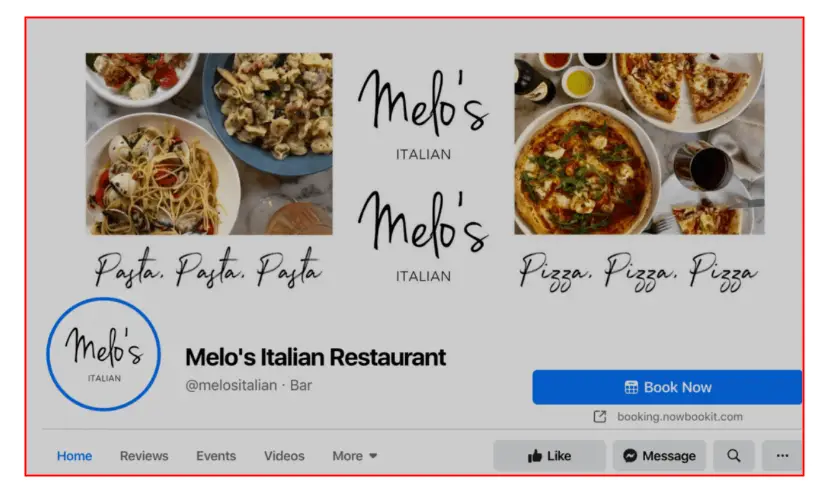

More than 600 million people check out local businesses’ Facebook accounts daily. Customers looking for a specific product or service may stumble upon your company.
After setting up your profiles, schedule content and remain active on the networks. If you don’t have the time to regularly update your social media accounts, think about automating the process by utilizing IFTTT to post fresh blog content and other information.
Spend as much time as possible interacting with your audience on social media. Use visuals and narratives to connect with local consumers; hashtag with geo-specific keywords.
Also, social media can aid in generating traffic for the local content you provide. This can include blog entries, client evaluations, and customer testimonials. These networks enable you to communicate with your local customers more relaxed, ensuring that your company remains in their minds.
3. Local Business Directories
Local Business Directories are essential for small businesses to gain more exposure online and improve their local SEO. Research shows that 94% of consumers use a business directory to research a new company at least once.
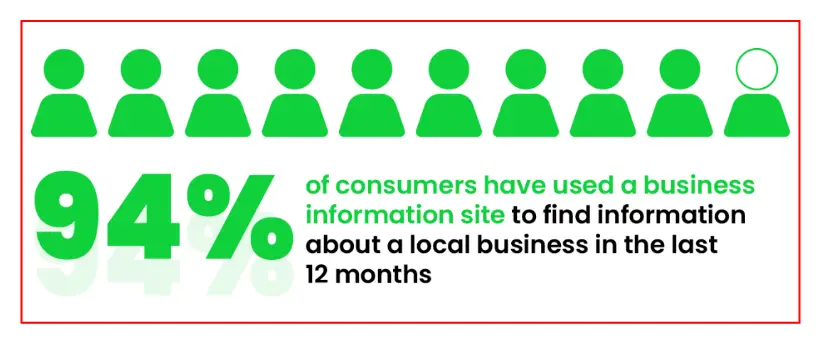

Therefore, targeting popular online business directories and local review websites such as Facebook, Bing, Google Business Profile, Foursquare, and Yelp is crucial.
Google can help you find local directories — Google search for business directories by adding location-specific keywords such as “local small business directory New York.”
Once you have identified the relevant directories, follow their instructions carefully while submitting your local business details.
You can also claim your listings on popular directories such as Google My Business, Bing Places for Business, Apple Maps, Yellow pages, Trip Advisor, Yelp, Business associations, and your local chamber of commerce.
Ensure that your business information is consistent, and fill out all relevant fields, including your website and images.
4. Industry-Specific Directories
A niche and industry-specific directory is another kind of online resource that is excellent for constructing local and general backlinks to your site. These directories are relevant to your sector and frequently provide data about your competitors.
Niche directories are significant in buying for various industries, such as the legal sector. Backlinks from niche directories can drive high-value referral traffic to your blog or website and act as an excellent source of qualified leads.
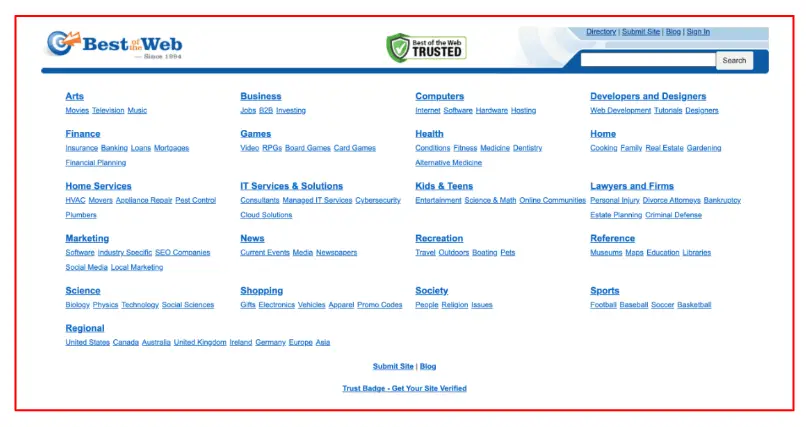

You can use Google’s Advanced Search feature to restrict results to those that include your desired term or phrase to locate niche-specific directories. For instance, you could enter “directory for doctors” as your target phrase to only show doctor directories.
You can refine your search even further by only viewing results that contain your search phrase in the page’s title or URL. Do your homework and see if the directory fits your company before committing to any fees or a subscription to get listed.
5. Use a Link Tool
Utilizing a link tool can be incredibly helpful if you want to improve your local link building efforts. With so many options, finding one suitable for your brand that can provide quality results is essential.
Ahrefs is a popular link building tool explicitly made for SEO specialists. Among Ahrefs’ many features are a robust keyword search engine, content explorer, rank tracking, and a technical audit-based search engine optimization (SEO) system.
Ahrefs is an excellent tool for analyzing the local link profiles of your competitors and conducting in-depth research on your website’s backlink profile.
Linkody is an alternative link building tool that has gained popularity due to its simplicity and ease of use. Linkody monitors incoming links and provides a comprehensive link index to guarantee you utilize all the relevant resources.
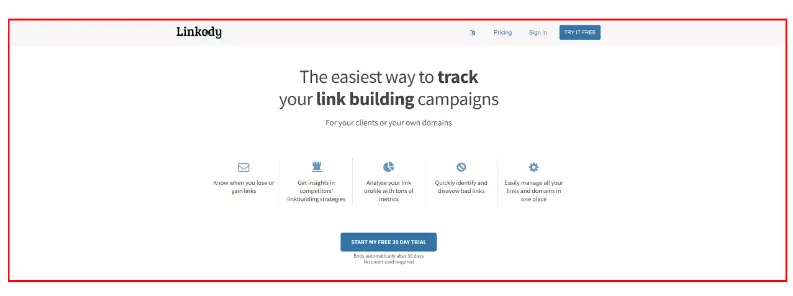

Internal link optimization is another area that can benefit from link tools.
The best link tool for your company will ultimately depend on its unique requirements and objectives. You should look into various possibilities and try them to see which suits you best.
With the right link tool, you can make local linking a breeze and start seeing positive results quickly.
6. Contact Local Newspapers & Forums
Reaching out to forums, online communities, or local newspapers is an excellent way to market your business in the local community and earn high authority local backlinks. Still, it requires more manual outreach than other local link building strategies.
Google’s Advanced Search feature can help you locate pages that use your target phrase or keyword on every domain or website. Some typical search terms are as follows:
- business spotlight
- business feature
- local business feature
- entrepreneur spotlight
- small business spotlight
- local business spotlight
You can target a specific audience by tailoring your content and offerings to the publications you find. You then publish local blogs about your chosen phrase or keyword. You do this to demonstrate how your content is relevant to and valuable for the publication’s target audience to increase the likelihood of receiving a backlink from a specific publication.
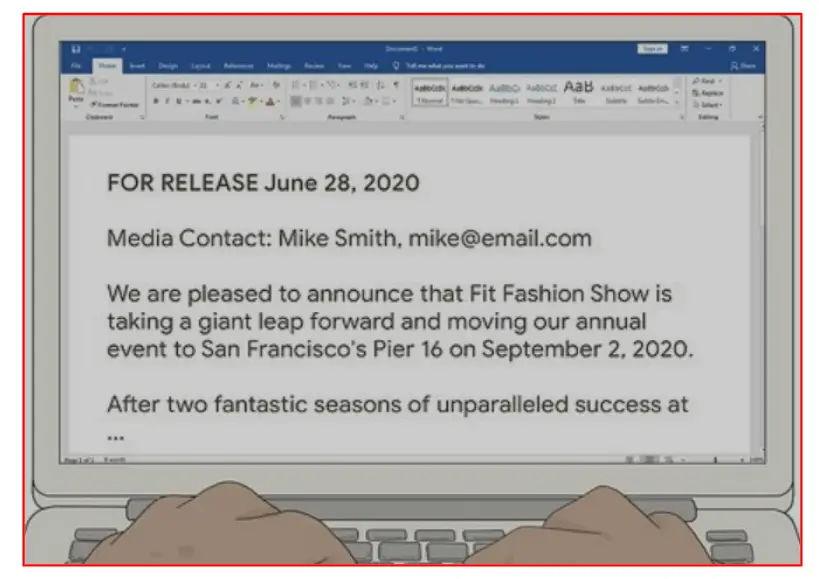

The next step is to send a press release or contact the site’s contact person to determine whether they’ll showcase your offering. Establishing rapport with the site’s point of contact is essential before pitching content to the site.
You can introduce yourself, discover their interest, and determine what to do next. Cross your fingers for a high-quality backlink if your content is a good fit.
7. Find Local Sponsorship Opportunities
Finding sponsorship opportunities can grow your business’s visibility in the local community and generate local links. The options for local sponsorships are endless and could include events, local charities, or even suppliers. However, ensuring that the entity you sponsor has some relevance to your business is vital.
To advertise your local event or promotion, research local news sites such as local papers, radio channels, Facebook, local community groups, etc. Choose the outlets to target based on your consumer demographic.
Online platforms are an excellent place to start, as many people check social media daily. Draft a short press release, including key local events, details, and a URL for the backlink. Don’t forget to include relevant keywords in your press release, which you can find using tools like Ubersuggest.
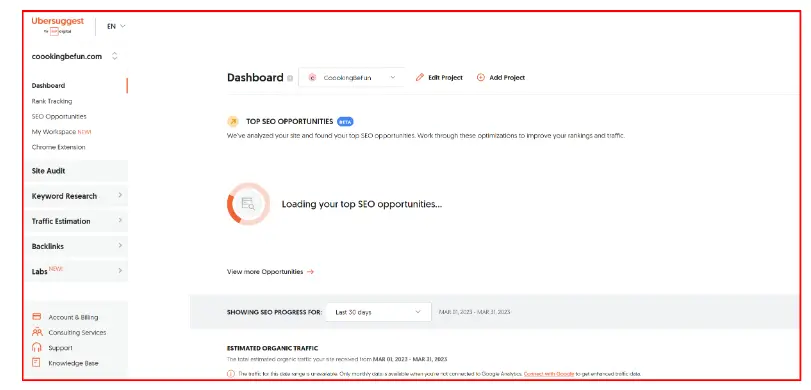

While local backlinks from local sponsorships may not significantly boost your SEO efforts alone, they can effectively generate publicity and increase your brand awareness in the local community. It’s essential to balance choosing a sponsorship for link potential and the exposure it could bring.
Offering a scholarship is another effective way to generate links from high-authority educational domains. It’s essential to create a scholarship related to your business, contact local schools and colleges, and promote it on their website’s scholarship page. While it can cost a significant amount of money to offer a scholarship, it can generate multiple links, making the cost worth it.
8. Contact Local Bloggers
Consider contacting local influencers and bloggers to see if they would be interested in writing about your company. You can offer to exchange a feature for your service or product, giving them something in return.
Given that local bloggers often have a decent readership, this local link building strategy can raise your company’s profile in the area and expose it to more prospective customers.
Another strategy is to show up at gatherings that influential people in your area are holding. Getting to know them personally and discussing possible avenues of collaboration can benefit from a face-to-face meeting.
One of the best ways to perfect your pitch is to meet with potential partners at local events, where you can learn more about their interests and the kinds of partnerships they hope to form.
9. Monitor Your Competitors’ Backlinks
Monitoring your competitors’ local backlinks is essential to any successful local SEO strategy. By analyzing the links that point to your competitors’ websites, you can identify relevant local link building opportunities and find gaps in their local link profiles.
Various tools and techniques are available to monitor your competitors’ backlinks, such as Link Intersect, SEO SpyGlass, Ahrefs, and SEMrush. They can also help you monitor your internal links.
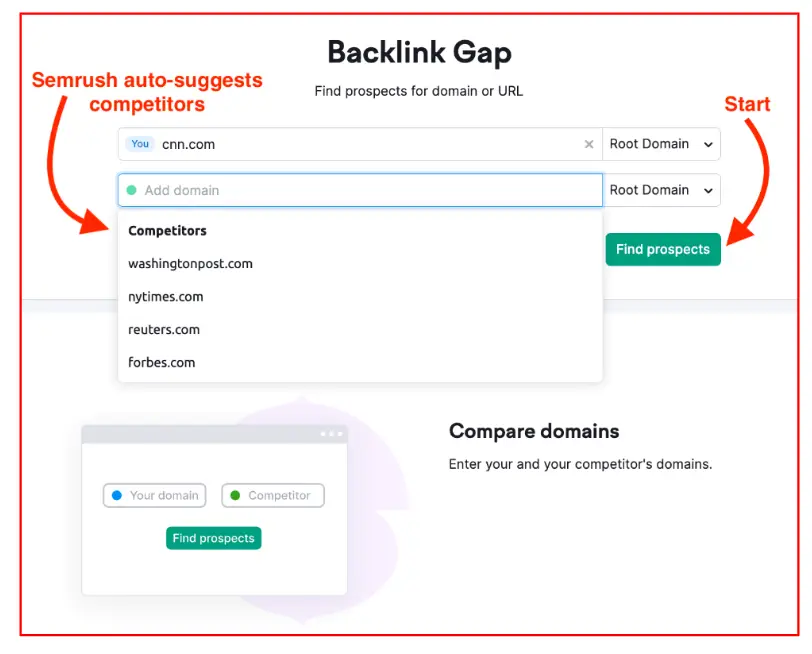

Link Intersect is a tool that allows you to compare your site with your competitors and find out which local site links to your competitors but not to you. Doing so lets you discover contextually and locally relevant link opportunities specific to your niche.
You can use SEO SpyGlass to analyze the backlink profiles of your rivals in great detail. With this tool, you can learn more about the local competition and find backlink prospects that your rivals have already vetted by viewing an instant list of all the links pointing to your competitor’s sites.
If you’re interested in discovering shared inbound links and exploring potential link partners, try out the Link Intersection tool.
SEMrush and Ahrefs are also helpful for keeping tabs on your competitors’ backlinks. Suppose you plug in your competitors’ URLs into SEMrush. In that case, you can view their complete backlink profiles with information like the number of referring domains and backlinks, domain and page authority, and any shared backlinks or referring domains.
When you find relevant domains linking to their websites but not yours, you can contact the webmasters to see if they will also link to yours.
10. Create Locally Relevant Content
Local search engine optimization relies heavily on local content creation to boost a company’s online visibility and traffic.
The procedure entails identifying the local audience’s pain points and producing high-quality content to solve their problems. Using geo-specific keywords, you can improve your content’s visibility in local search results and draw more readers.
Businesses can also use their local blog to showcase their knowledge and expertise, increasing consumer trust and encouraging them to choose their brand over competitors.
They can also pitch their content to link roundups, highlight their posts on social media, and be active on platforms like Twitter, LinkedIn, and Facebook to acquire backlinks naturally.
Another local SEO strategy to create link-worthy content is to focus on a local event or local news sites, such as a garage sale or local market, which interests the target audience.
11. Broken Link Building
Broken link building is another more manual approach to link building. Many tools help you find broken link building opportunities, such as Ahrefs and SEMRush.
You can contact the site’s point person in charge of backlinks and offer them a link to your website if you use these tools to analyze your competitor’s backlink profiles.
SEMrush and Ahrefs can help you quickly identify broken links, allowing you to contact webmasters and request that they replace them with links to your site.
Use the Site Explorer to reclaim lost links. Over time, websites can change, resulting in links pointing to pages that no longer exist. You can recover lost links and their value by redirecting these old pages to your current pages.
To do this, simply paste your domain into Site Explorer, go to the Best by Links report, and add a “404 not found” HTTP response filter. This will show you a list of unavailable pages and the referring domains.
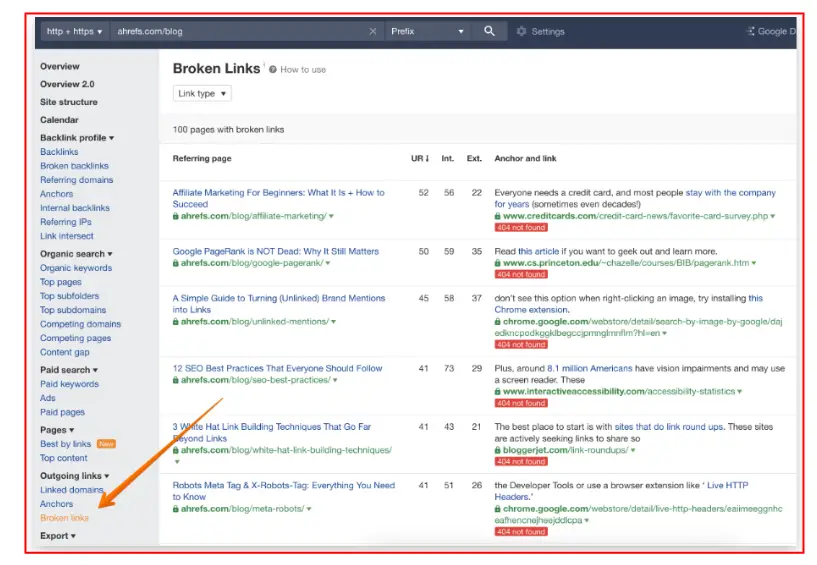

Once you have identified the broken links, your next step is to contact the website owners and request that they replace the broken link with a link to your website. If you want to build links, you must approach this process tactfully and politely, providing value and relevant content that the website owner may find helpful.
12. Update Content
Keeping your content updated is crucial for maintaining your website’s authority and ranking on search engines. Outdated content can result in lost traffic and decreased domain authority, leading to fewer backlinks. Fortunately, updating your content is a simple but effective strategy to regain lost backlinks.
Tools like Ahrefs and SEMrush can help you find sites that produce content similar to yours and identify outdated content with strong backlinks, much like they can help you find broken links. After determining which content is no longer relevant, you can update it or create brand-new material.
After making the necessary changes, you can contact the local linking site’s webmaster and ask them to update their link to your revised content. The time spent on this outreach is well worth it if you want to restore your site’s authority and ranking after losing backlinks.
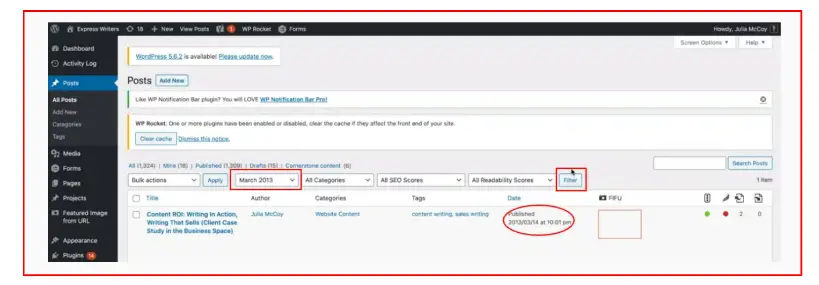

Regularly updating your content can attract new backlinks from authoritative websites that appreciate the fresh, updated information you provide. This can further boost your website’s authority and ranking, increasing traffic and conversions.
13. Leveraging Unlinked Mentions
Unlinked brand mentions can be a valuable resource for building high-quality backlinks to your website. Such mentions are instances where your company or people at your company are mentioned on other websites, but the mention doesn’t include a backlink to your site. Finding unlinked mentions can be challenging, but you can do it with the help of various online tools.
One way to find unlinked mentions is to look for news coverage in your industry niche, especially if you are a lawyer or your company and people are already active in the local community.
Another way to find them is to use tools like BrandMentions, which scans the internet for unlinked brand mentions. The relevant contact for outreach emails can be identified using tools like LinkedIn or Twitter.
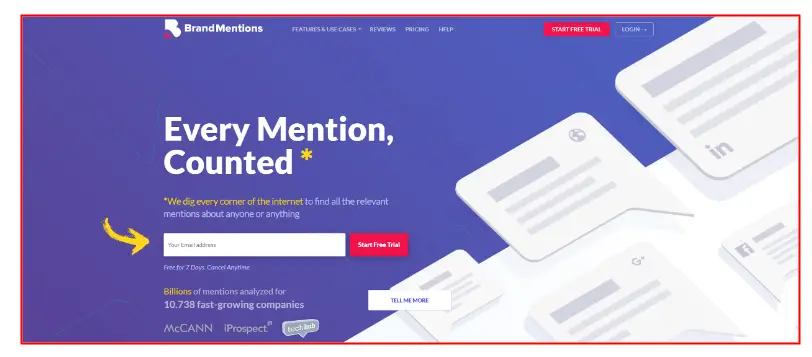

When you find an unlinked mention, sending an outreach email to the relevant contact is essential. It’s easier to send outreach emails to contacts who already know your brand, especially when discussing your products or services.
In the outreach email, you should praise the company and express gratitude for the mention of your product. Kindly elaborate on how adding a backlink could benefit their business and offer a link in exchange.
You should only pursue unlinked brand mentions from high-quality websites that will boost your local search rankings. Don’t pursue every brand reference, especially if it’s on a low-quality website that won’t provide much value. Instead, focus on building relationships with other website owners and converting unlinked brand mentions into valuable backlinks.
Final thoughts
In conclusion, local link building is a vital component of a comprehensive SEO strategy for businesses seeking to increase their online visibility and drive traffic to their website. While it may produce little results, investing time and resources in local link building can yield long-term benefits.
It is important to start with the basics of link building before moving on to a more creative and advanced local link building tactic. Building relationships with local businesses, leveraging unlinked mentions, and optimizing your Google My Business listing are all great starting points.
Moreover, producing high-quality content on your blog can build trust with your audience and help with building links. Once you have established a foundation for your link building efforts, you can move on to more advanced local link building strategies, such as building local landing pages and getting more customer reviews.
Remember, slow and steady progress is vital for success with local link building. By consistently implementing these local link building strategies and monitoring your progress, you can increase traffic, boost conversions, and improve your local search rankings on search engines.
Consult a professional if you need more guidance with your local link building efforts.
Frequently Asked Questions
Should I get help from an agency to improve my local SEO?
Yes, you should. Working with a digital marketing agency can be beneficial if you need more resources to conduct marketing on your own. You can easily develop a strategy that works for your website by adapting the local SEO strategies presented above.
Do Backlinks Matter for Local SEO?
Building links is crucial because they increase your site’s visibility. An improved position in Search Engine Results Pages(SERPs) increases the likelihood that potential customers will click through to your website.
What is the best approach to local SEO?
Prioritize high-authority directories over obscure listing sites. Ensure your company’s NAP is the same on all your sites and platforms. To boost your local SEO, you must monitor your listings for typos, address or phone number inconsistencies, and duplicates.
Amazon and the Amazon logo are trademarks of Amazon.com, Inc, or its affiliates.

